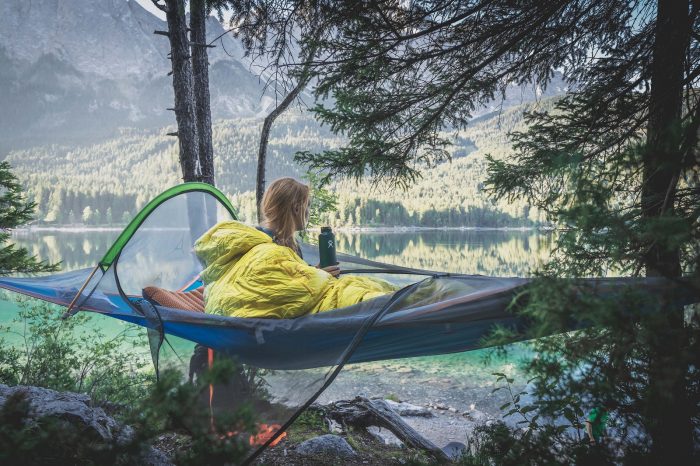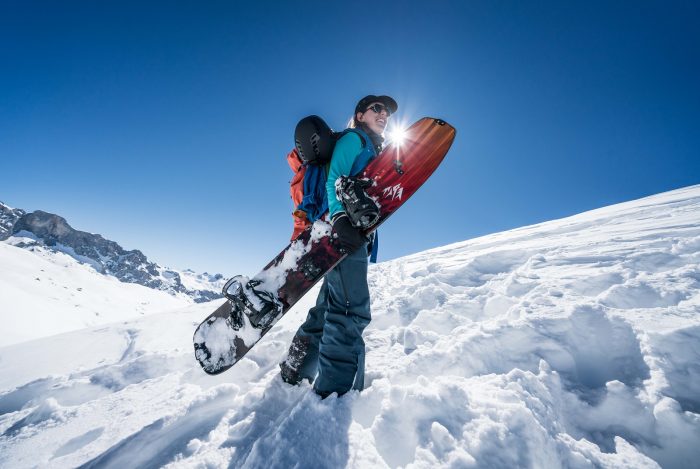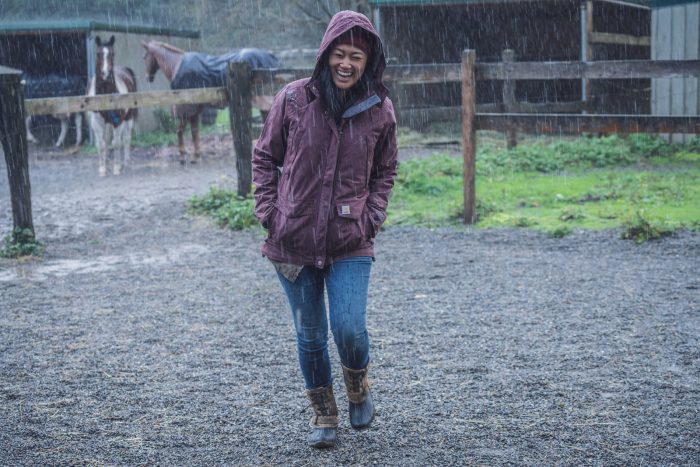Three Tips for Photography in the Outdoors

Nikwax’s own photographer – Lucas Canino – takes some time out from capturing the beauty of the environment to give you some top tips for outdoor photography.
Though amateur and professional photographers alike, tend to gravitate toward a particular kind of outdoor photography – wildlife, landscape, sports, etc. – they are united by their willingness to give up some control of the shooting process to nature. It’s been my privilege to observe some of the world’s best landscape and wildlife photographers at work, and not one of them has been able to dictate whether the clouds will obscure the sun on a particular day, or precisely where and when a thousand starlings will murmurate. In a way, outdoor photography is about being freed from the need to have absolute control over an image and should be as much about experiencing the outdoors, as bringing home some good shots. With this in mind, here are my top three tips for shooting in the outdoors:
Learn to work with all types of light
It is often the case that the golden hours at the start and end of the day don’t actually live up to their name. Of course, when they do, and the sun is creating those beautifully long shadows and warm tones, I work quickly to make the most of it, using both long and wide lenses as I move around my subject and work with the greatest light source in the solar system. When the sun is low, I look for places to hide it – behind tents or people or mountains – and then move to the edge of their shadows to capture the optimism and exuberance as it emerges.

But since those moments are rare (especially in the UK) I’ve also learned to embrace overcast skies and even rain. It can be the case that the sky becomes a sheet of undifferentiated grey but, more often, there is texture, shading and some fantastic mood in the cloud to be teased out in the editing process, if one protects the highlights – those brightest parts of the image often found in the sky. Accomplishing this is usually a matter of taking charge over your camera’s exposure settings, so do take the time to practice with the different metering modes on your camera. Extra points if you learn to talk the beautiful language of histogram.
On those occasions when the sky really is just a blank greyness, I move in closer. Where some may simply choose to swap out a sky (aka cheating) I look for layers and dimensionality in the subjects and the landscape. Lichen, grass, leaves, rock, fabric, skin – the mosaic of these colours and textures can create a natural collage. In these moments, I look for ways to place my subject in a multi-layered landscape, often allowing trees, stones or people to extend into the frame in the foreground.
Finally, when it rains, I work to make sure that you can see it (Nikwax, of course, can’t get enough wet shots). Breaking out the long lens and slowing down the shutter speed ensures that I get as much precipitation between me and my subject as possible, with some nice movement to the drops. Not everyone will have a camera that is weather-sealed, but most cameras will operate just fine in a light to steady rain if you have a towel to wipe off the body and lens periodically. And though I’ve yet to find a camera rain cover that really works well for shooting in heavy downpours (hand steam is a very real thing) I’ve found that the umbrella is a very useful bit of technology.

Patience is the best camera setting
When I first started shooting outdoor sports, I kept the camera in my hand at all times, shooting thousands of photos and burning through batteries, with few, if any, breaks in the action. This was exhausting for me, not to say annoying for my companions, whose outdoor adventure devolved into a series of stops and starts as I trotted all over the place to capture every conceivable angle. After these shoots, I would return home with a small mountain of photos, but little memory of the actual mountain I had just climbed.

Today, this approach has been replaced by the much more rewarding practice of shooting at a few prime visual moments, while savouring all the time in-between. Wildlife photographers – who often wait hours, days or weeks for a shot – likely already know this lesson well, but I think it applies nicely to the majority of photography in the outdoors: the best thing about it is being outside and rather than dominate your experience, the camera should help you enjoy being out in nature. Take what photography kit you need, but don’t take ALL of it, and remember that other equipment is equally essential to a successful shoot. Nothing beats comfortable boots and clothing that will keep you dry and warm (or dry and cool, depending on the weather or activity), or a backpack fitted and packed properly. They’ll help you get where you want to go with a smile on your face, and when you find the time and place to put your camera to work, you’ll be able to better think through the creative process. That’s right – comfortable feet make for better photos.
Consider attending a course or workshop
I’m not sure what it would cost to get advice on running form from Usain Bolt, service tips from Serena Williams, or scratching hints from DJ Shadow, but I imagine that these personal sessions are out of reach for most of us. Not so for photography – many of the best wildlife and landscape photographers offer workshops in locations both domestic and exotic, giving you the chance to experiment with new techniques and develop your style with helpful feedback from some of the best in the business. If you like a particular photographer’s style, a quick visit to their website should let you know if they have something like this on offer.

Of course, this may not seem like the thing for you, in which case I encourage you to just get out there and shoot as much as you can, even if it’s just in the area around your home. As we gradually break free from our pandemic restraints, many will feel the urge to travel as far away as possible in their celebration of freedom, capturing epic images to commemorate that feeling of liberation. I feel a similar desire, but am constrained by knowing that each outdoor experiences has its own environmental footprint, and the further we go for that perfect shot, the more stress we place on the earth. I’ve been extremely lucky to have Nikwax balance the carbon footprint of my shoots through its work with the World Land Trust, but I’ve also started to take account of the costs of my personal travel and photography. I learned a long time ago that no shot is risking my life for. Now I’m learning to appreciate that every photoshoot leaves a trace, and the great outdoors doesn’t have to be less great just because it’s close to home.

Leave a Reply